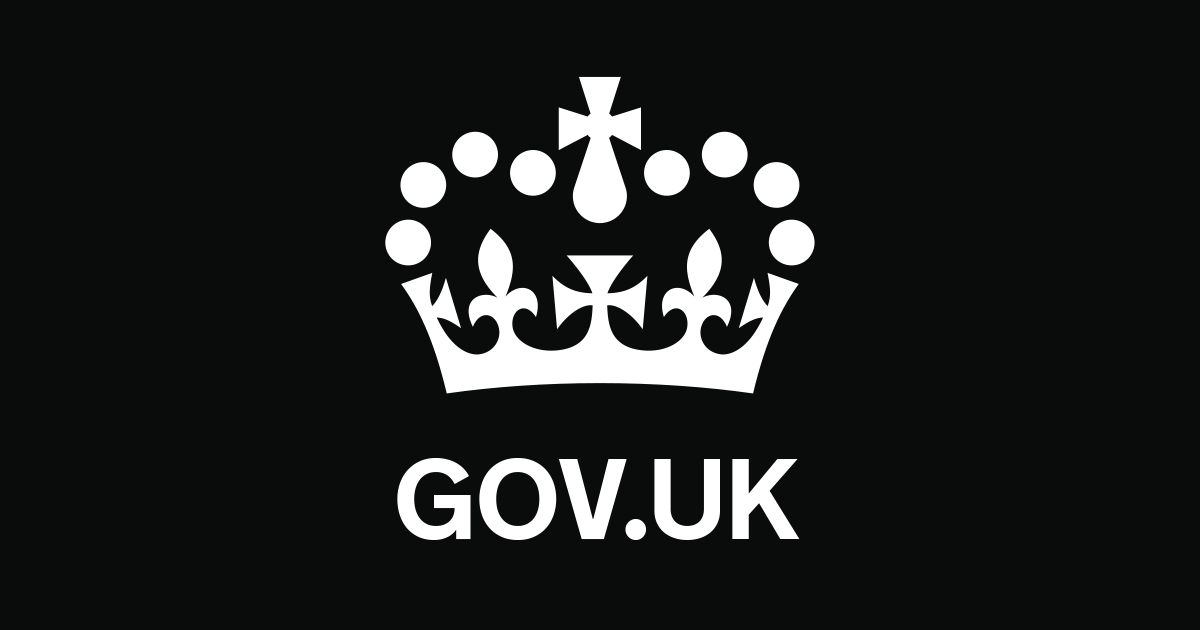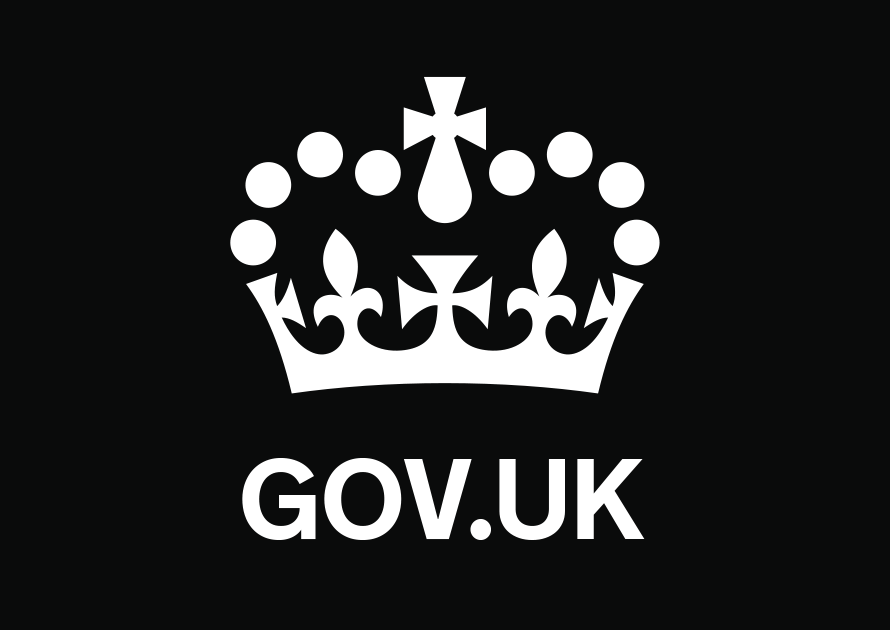In this guide, wine is used to refer to both wine and made-wine.
Duty rates
You need to pay duty on any wine that:
You need to make sure you correctly calculate the strength and volume of your wine.
How much duty you pay depends on the strength of the wine and whether it’s still or sparkling. These are the Wine Duty rates payable from 1 February 2019.
| Alcohol type | Rate per hectolitre of product |
|---|---|
| Wine and made-wine:
Exceeding 1.2% – not exceeding 4% abv |
£91.68 |
| Wine and made-wine:
Exceeding 4% – not exceeding 5.5% abv |
£126.08 |
| Still wine and made-wine:
Exceeding 5.5% – not exceeding 15% abv |
£297.57 |
| Wine and made-wine:
Exceeding 15% – not exceeding 22% abv |
£396.72 |
| Sparkling wine and made-wine:
Exceeding 5.5% – less than 8.5% abv |
£288.10 |
| Sparkling wine and made-wine:
8.5% and above – not exceeding 15% abv |
£381.15 |
| Alcohol type | Rate per litre of pure alcohol |
|---|---|
| Wine and made-wine:
Exceeding 22% abv |
£28.74 |
You pay spirits duty on wine with more than 22% ABV.
When the rate changes during an accounting period, you must fill in 2 separate returns for the period. Mark each return as pre or post budget.
Who pays the duty
The person holding the wine at the duty point is liable for the duty.
Returns
Due to the coronavirus (COVID-19) we are unable to send you a paper return.
Send return by Dropbox
If you have access to a scanner, you can ask to submit your return by Dropbox to HMRC by email.
These steps must be done each month if you are using Dropbox.
You must:
-
Read the Dropbox protocols.
-
Send an email confirming you accept the protocols, to the Cumbernauld accounting team at tapsreturns@hmrc.gov.uk. We’ll reply and let you know what to do next. Do not send a return until we ask you to.
You need to include on your return your:
- company name
- address
- reference number
Send return by post
If you do not have access to a scanner and are unable to follow the Dropbox process a digital version of the monthly return for Wine Duty is available.
You should print, complete and post to:
HMRC TAPS & CCL
Cumbernauld Accounting Team
1 Atlantic Square
21 York Street
Glasgow
G2 8HS
For any queries, contact Wine or Cider Duty on 03000 592 688.
You should be aware that using print and post may incur processing delays.
To ask for this form in Welsh (Cymraeg) send an email to gwasanaeth.cymraeg@hmrc.gov.uk.
If you normally send a cheque payment, pay online using one of the alternative payment options available.
You must submit the duty return at the end of each accounting period. Pay Wine Duty by the 15th of the month after your accounting period.
You should submit a return even if your duty liability is nil.
Your accounting period is either a:
- calendar month
- 4 or 5 week period, as long as you agree this arrangement with HMRC beforehand
Where the 15th day of the month falls at a weekend or on a public holiday, we must have your return and payment by the last working day before that date.
Where wine is placed in an excise warehouse, you must pay the duty and tell HMRC using either:
If you have more than one licensed premises owned by the same legal entity, you can ask to combine the duty liability for each in the one return. You should keep an individual duty summary for each site and include this in the duty account of the site submitting the return.
Duty suspension
You do not always have to pay duty to HMRC immediately. You can:
If you’re only depositing wine in an excise warehouse you do not need to register with HMRC as an owner of warehoused goods.
You can also take wine into your registered premises and hold it in duty suspension if it’s:
- wine from another licensed wine producer and you’re carrying out further processing on it
- your own wine after it’s been processed somewhere else
You cannot take duty-suspended wine in a ready-for-sale state unless you produced it on your licensed premises.
You need to pay duty on wine in duty suspension when it passes the duty point.
When wine becomes liable to duty
Wine becomes liable to duty when it’s ‘produced’. This is when its strength is more than 1.2% ABV or it’s imported.
Passing the duty point
Duty only becomes due when wine passes the duty point, that’s when it leaves duty suspension. Duty stops being suspended when:
- you decide to pay the duty early for accounting purposes, this is called ‘constructive removal’
- the wine is lost
- the wine is irregularly diverted
- you are no longer licensed
- the premises where you’re holding the wine stops being licensed
- the wine is consumed in the licensed premises
- the wine leaves licensed premises, except when it’s delivered:
- to other appropriately approved premises for further processing
- to an excise warehouse
- for exportation
- for shipment as stores
- to HM ships
- to entitled diplomats
- to entitled members of visiting forces
Whichever of these events happens first is when you become liable and must pay.
Wine leaves duty suspension if you do not comply with the duty suspension arrangements.
If you produce wine for a commercial grower or lessee, and they do not sell it, you do not have to pay duty on it. The commercial grower or lessee must give you a declaration in writing that they will not sell it.
Constructive removal
You can account for the duty on duty suspended wine before it’s dispatched from your licensed premises. This is called ‘constructive removal’.
Constructive removal lets you change the status of wine to duty paid without having to remove the wine from your premises.
When wine has been constructively removed, it cannot be returned to duty suspension in licensed premises.
The following section has the force of law under regulation 12A(3) of the Wine and Made-wine Regulations 1989.
You must record the:
- date of any change of status of any wine from duty suspended to duty paid
- products
Stopping production
After you’ve stopped production, and your wine is finished and packaged, you’ll have to pay the duty on any:
- stock left in hand
- unexplained shortages
We may let you destroy the wine stock in hand as if it were unfit for sale. If you want to do this, you must still pay duty on unexplained shortages.
When we’re satisfied that you’ve accounted for all duties and destroyed your stock of wine, we’ll cancel your licence.
Reporting errors from earlier accounting periods
For mistakes of less than £1,000 in duty
If you find you have not declared enough in a previous accounting period, you must enter the amounts against lines 23 to 32 on the reverse of the return and carry the total forward to lines 35 and 17 for your current accounting period.
If you’ve declared too much, you must enter the amounts against lines 23 to 32 on the reverse of your return and carry the total to lines 36 and 18 for your current accounting period. You do not have to send written advice, but keep the details of the mistake for checking.
For mistakes of £1,000 or more in duty
If the total mistake means you’ve under or over declared £1,000 duty or more, you must make the adjustments on your return but then send the return and full details in writing to:
HMRC TAPS & CCL
Cumbernauld Accounting Team
1 Atlantic Square
21 York Street
Glasgow
G2 8HS



